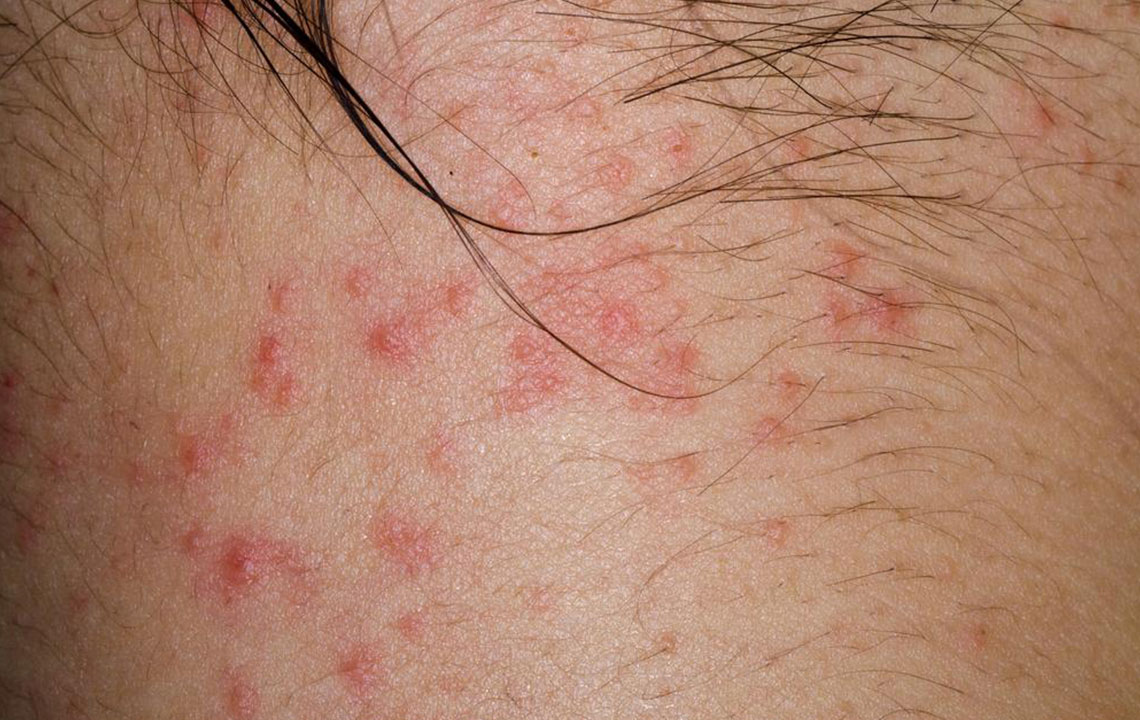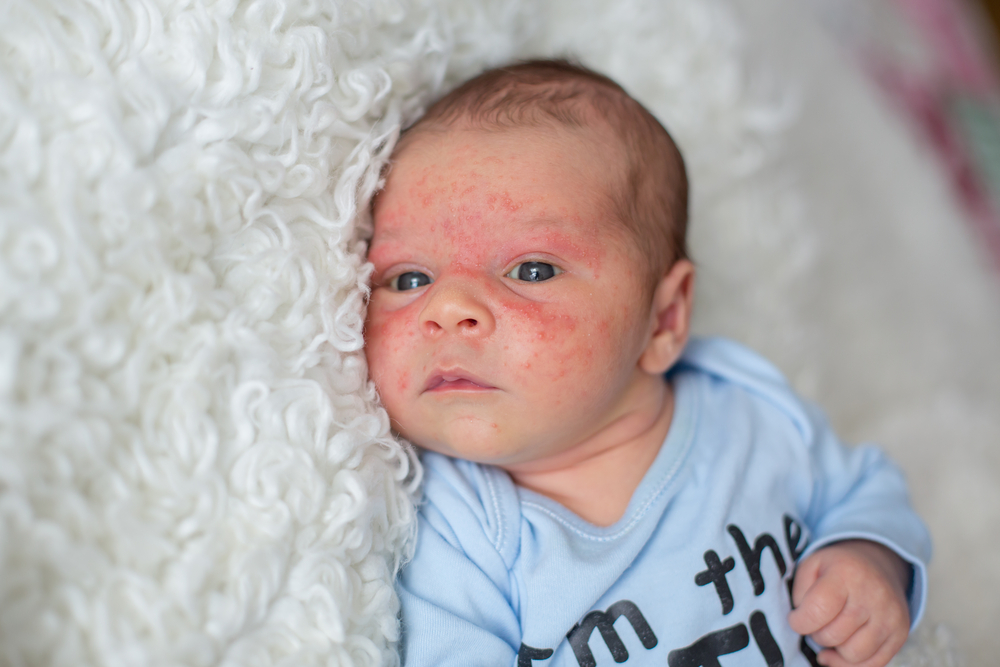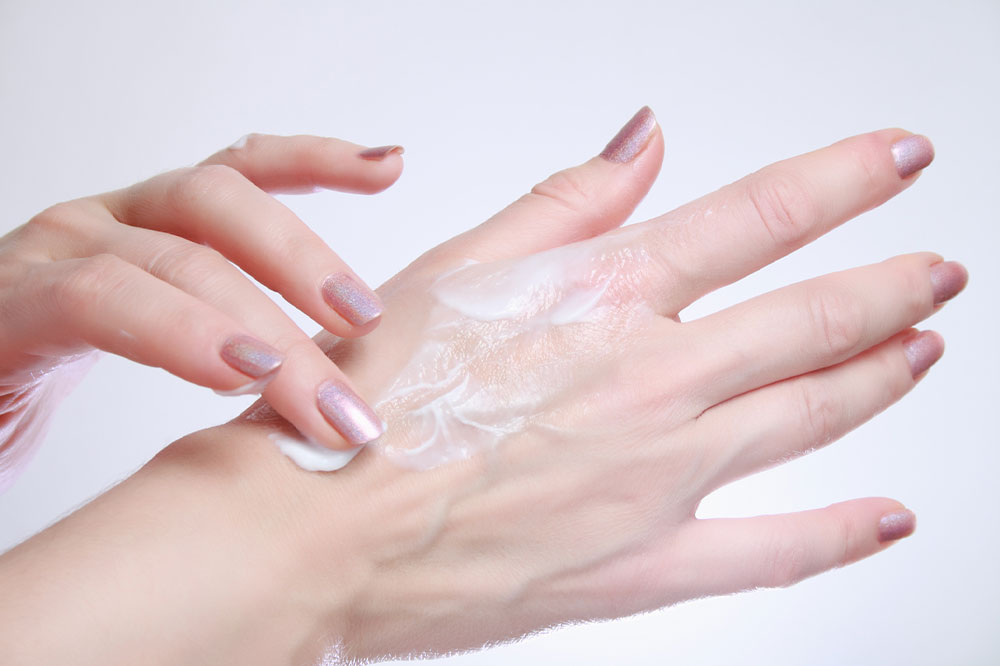Comprehensive Guide to Eczema: Types, Causes, and Management Strategies
Eczema is a common skin condition characterized by inflammation and dry, itchy skin. This comprehensive guide explores its main types, causes, and effective management strategies, emphasizing the importance of understanding triggers, genetic factors, and lifestyle modifications. Advances in dermatology have led to better treatments, helping improve the quality of life for affected individuals. Whether dealing with atopic dermatitis or contact dermatitis, proper skin care and medical guidance are essential for controlling flare-ups and maintaining healthy skin. Learn more about preventing and managing eczema today.

Comprehensive Guide to Eczema: Types, Causes, and Management Strategies
Eczema, also known as dermatitis, is a complex group of skin conditions characterized by inflammation, dryness, itching, and irritation. Affecting millions worldwide, eczema can significantly impact quality of life. This chronic skin disorder manifests as tender, inflamed skin that can crack, become red, or form crusts. In severe cases, it may lead to blistering or secondary infections, making management crucial for those affected. According to estimates, approximately 31 million Americans experience some form of eczema, with nearly 17.8 million suffering specifically from atopic dermatitis. Eczema can occur almost anywhere on the body, but commonly targets areas such as the elbows, wrists, knees, and legs.
One notable feature of eczema is its tendency for flare-ups, which tend to recur frequently. Importantly, eczema is non-contagious, meaning it cannot be transmitted from person to person. Despite the diversity of eczema types, the most common include atopic dermatitis and contact dermatitis, each with distinct causes and characteristics. Understanding these different forms is essential for effective management and treatment.
Types of Eczema and Their Causes
Atopic Dermatitis: The most prevalent form of eczema, atopic dermatitis is a chronic, inherited inflammatory skin condition. It is strongly linked to genetic factors, particularly mutations in the FLG gene, which plays a vital role in maintaining skin hydration and barrier integrity. A compromised skin barrier allows irritants, allergens, and microbes to penetrate more easily, resulting in inflammation and allergic reactions. People with atopic dermatitis often have a weaker immune response and reduced levels of antimicrobial peptides, making them more susceptible to skin infections.
Significant breakthroughs in understanding atopic dermatitis came with the discovery of the FLG gene, shedding light on its genetic basis. Environmental factors also influence the condition. Interestingly, the hygiene hypothesis suggests that overly sterile environments and excessive hygiene can contribute to the rise in eczema cases by limiting exposure to bacteria and other microbes necessary for proper immune development. This hypothesis explains the increased prevalence of atopic conditions in highly sanitized societies.
Typically, atopic dermatitis begins in infancy or early childhood, but it can persist into adulthood, especially when environmental triggers are present. Common triggers include pollen, pet dander, dust mites, soaps, detergents, and certain fabrics. Individuals with this form often experience dry, scaly patches, and pruritus (itching), which can significantly affect daily life and comfort.
Contact Dermatitis: Unlike atopic eczema, contact dermatitis is an acquired condition rather than inherited. It develops as a direct response to contact with specific irritants or allergens. These may include chemicals found in cleaning products, cosmetics, fragrances, or environmental toxins. The skin's reaction can be either irritant contact dermatitis, caused by a direct chemical injury, or allergic contact dermatitis, resulting from an immune-mediated allergic response.
Persistent contact with irritants or allergens can cause ongoing inflammation, leading to redness, swelling, blistering, or cracking of the skin. Repeated exposure often results in chronic dermatitis, complicating management. Scratching the affected areas increases the risk of bacterial infections, which can further aggravate the condition and hinder healing.
Understanding the Impact and Management of Eczema
Managing eczema requires a comprehensive approach that includes skincare routines, identification and avoidance of triggers, and medicinal treatments when necessary. Keeping the skin moisturized using emollients is essential to restore the skin barrier and reduce dryness. Avoiding known irritants and allergens, such as harsh soaps and fragrances, can prevent flare-ups. In addition, topical corticosteroids and other prescribed medications help reduce inflammation during flare-ups.
For those with atopic dermatitis, addressing environmental factors is crucial. This includes maintaining a clean, dust-free environment, controlling humidity levels, and minimizing exposure to potential allergens. For contact dermatitis, identifying the specific irritant or allergen is the first step towards eliminating its effect on the skin. Patch testing may be recommended by dermatologists to determine trigger substances accurately.
Emerging therapies and lifestyle modifications also play a vital role in eczema management. Anti-inflammatory biological agents, barrier repair creams, and phototherapy are some of the advanced options available for severe cases. Moreover, adopting stress management techniques and maintaining a healthy diet can positively influence skin health and reduce outbreaks.
Prevention and Long-term Care
While not all cases of eczema can be prevented, certain measures can significantly decrease the frequency and severity of flare-ups. Regular moisturizing, avoiding known irritants, and keeping skin hydrated are foundational strategies. Wearing soft, breathable fabrics and avoiding over-bathing with harsh soaps also contribute to healthier skin.
It is equally important to educate oneself about personal triggers and to develop effective coping strategies. Consulting a dermatologist for personalized treatment plans and recommendations is vital for managing persistent or severe eczema. In some cases, ongoing maintenance therapy may be necessary to keep symptoms in check and prevent long-term complications.
Conclusion
Understanding the different types of eczema, their causes, and management strategies empowers individuals to take control of their skin health. Recognizing the role of genetics, environmental factors, and lifestyle choices can help mitigate flare-ups and improve quality of life. With advancements in dermatology and ongoing research, effective treatments continue to evolve, offering hope to millions affected by this chronic condition. If you suspect you have eczema, consulting a healthcare professional can provide necessary diagnosis and tailored therapeutic options to manage your symptoms effectively.





